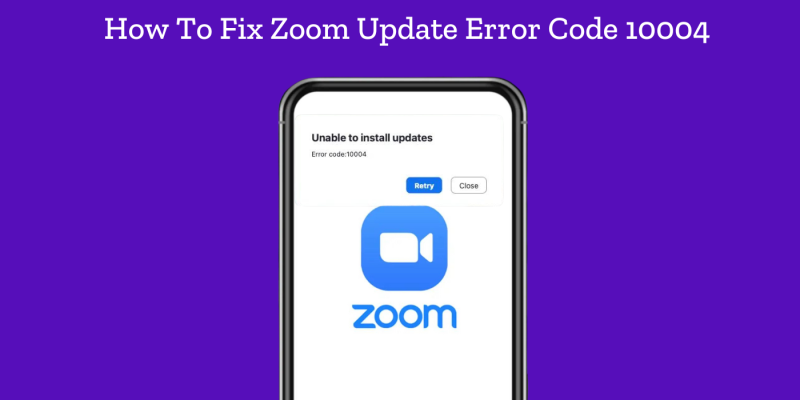
In today’s fast-paced digital world, Zoom has become an essential tool for virtual meetings, classes, and social gatherings. However, encountering technical issues can disrupt your plans and cause frustration. One such common issue is Zoom Error Code 10004, which can hinder your ability to join or host meetings smoothly. This comprehensive guide aims to help you understand what Zoom Error Code 10004 is, why it occurs, and most importantly, how to fix it.
What is Zoom Error Code 10004?
Zoom Error Code 10004 is a common issue that many users encounter when trying to connect to Zoom’s servers. This error usually indicates a problem with the network or server connection, which can be caused by a variety of factors including network instability, firewall settings, or outdated software.
What Causes Zoom Error Code 10004?
Understanding the causes of Zoom Error Code 10004 can help in troubleshooting and fixing the issue more effectively. Here are some common reasons:
- Network Connectivity Issues: Unstable or slow internet connections can prevent Zoom from connecting to its servers.
- Firewall or Antivirus Settings: Sometimes, firewall or antivirus software can block Zoom from accessing the internet.
- Outdated Zoom Application: Using an outdated version of Zoom can lead to compatibility issues and errors.
- Server Problems: Occasionally, the issue might be on Zoom’s end due to server maintenance or outages.
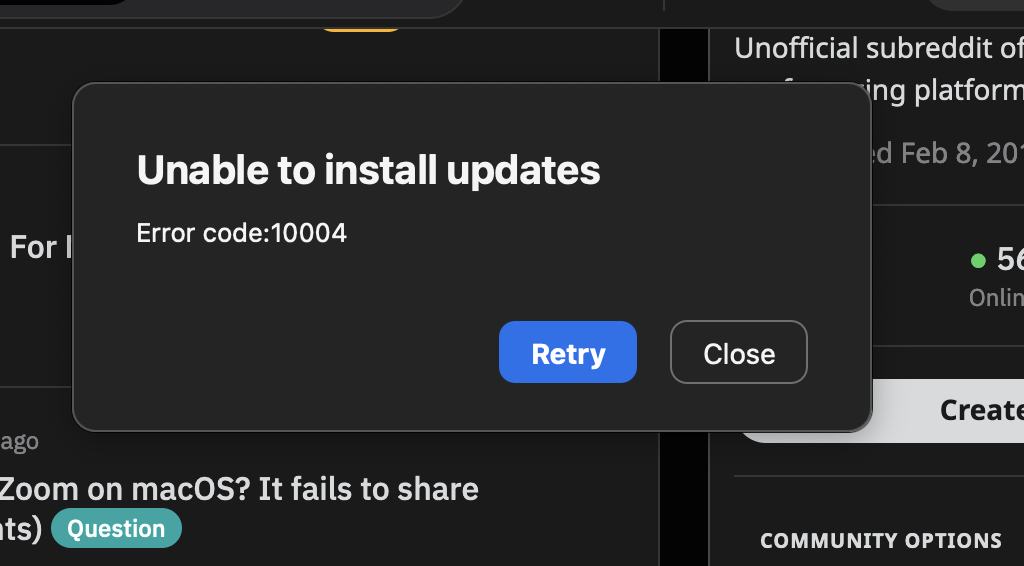
How to Fix Zoom Error Code 10004?
If you’re facing Zoom Error Code 10004, here are detailed steps to help you resolve the issue:
Check Your Internet Connection:
Ensure Stable Connection: Make sure your internet connection is stable and has enough bandwidth. Try running a speed test to check your connection’s performance.
Restart Router: Sometimes, simply restarting your router can fix connectivity issues. Unplug the router, wait for 30 seconds, then plug it back in.
Switch Networks: If possible, switch to a different network (e.g., from Wi-Fi to a mobile hotspot) to see if the problem persists.
Update Zoom Application:
Check for Updates: Open the Zoom app, go to your profile picture, click on “Check for Updates,” and install any available updates.
Manual Update: If the automatic update doesn’t work, visit the Zoom Download Center and download the latest version manually.
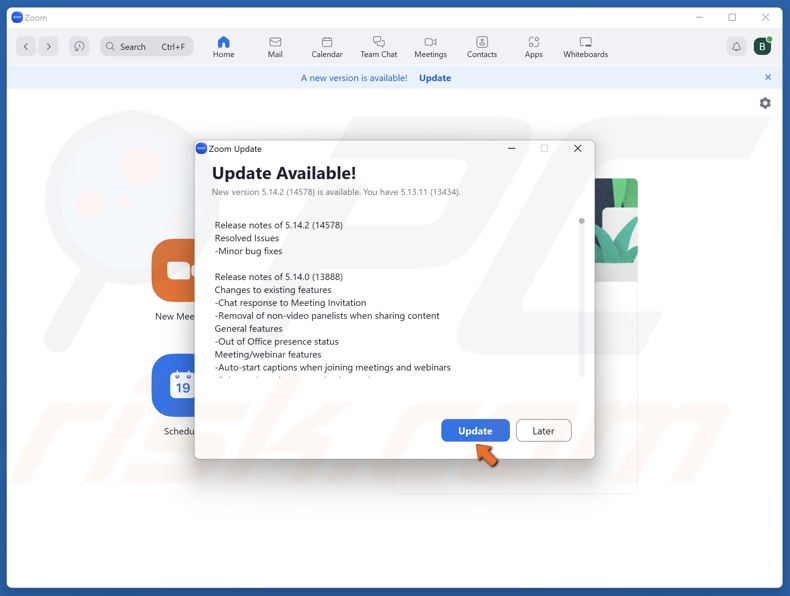
Adjust Firewall and Antivirus Settings:
Temporary Disable: Temporarily disable your firewall or antivirus software to check if they are blocking Zoom. Be sure to re-enable them afterward.
Add Zoom to Exceptions: If disabling the software resolves the issue, add Zoom to the list of allowed programs in your firewall or antivirus settings. This can usually be done in the system settings or preferences menu of the security software.
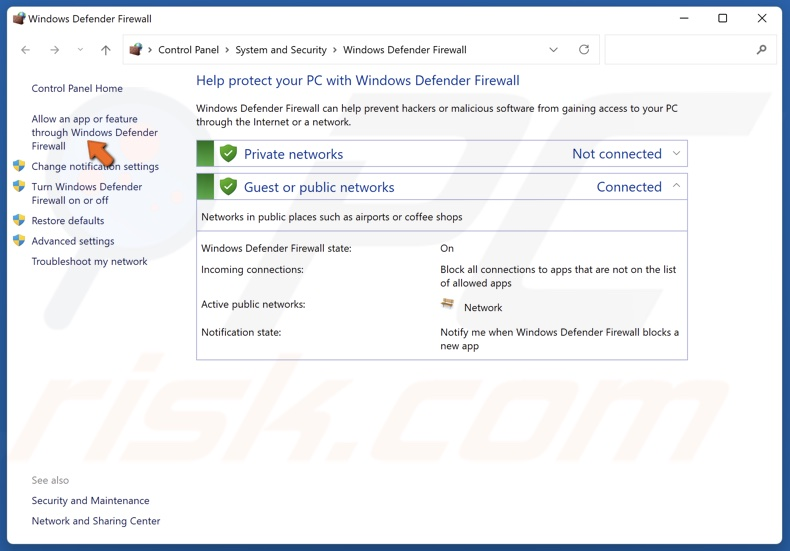
Restart Your Device:
Complete Restart: Restart your computer or mobile device. This can help reset the network settings and clear any temporary issues.
Power Cycle: If you’re using a laptop, completely shut it down, wait a few seconds, and then turn it back on.
Clear Zoom Cache:
- For Windows:
Open the File Explorer and navigate to C:\Users\[YourUsername]\AppData\Roaming\Zoom.
Delete the folder named “data.”
- For Mac:
Open Finder, go to ~/Library/Application Support/zoom.us/data.
Delete the “data” folder.
- For Mobile Devices:
Go to your device settings, find the Zoom app, and select “Clear Cache.”
Reinstall Zoom:
Uninstall Zoom: Go to your device’s Control Panel (Windows) or Applications folder (Mac), find Zoom, and uninstall it.
Reinstall: Visit the Zoom Download Center and download the latest version of Zoom. Install it following the on-screen instructions.
Check Zoom Service Status:
Visit Status Page: Go to the Zoom Service Status page to check if there are any reported issues or ongoing maintenance.
Alternative Channels: Follow Zoom’s official Twitter account for real-time updates on service status.
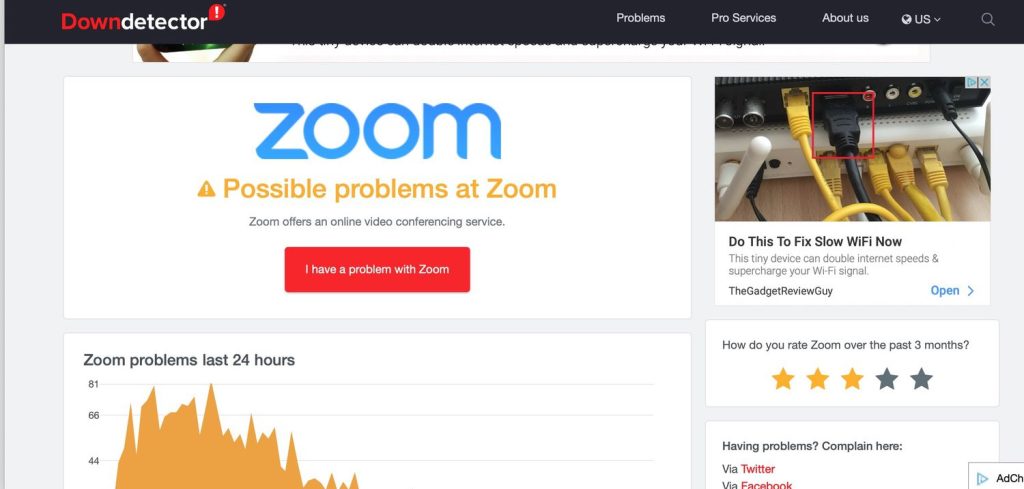
Contact Zoom Support:
Submit a Ticket: If none of the above solutions work, visit the Zoom Support Center and submit a support ticket with detailed information about your issue.
Live Chat: Use the live chat feature on the Zoom Support page to get immediate help from a support agent.
By following these detailed steps, you should be able to fix Zoom Error Code 10004 and enjoy uninterrupted Zoom meetings.
How to Uninstall Zoom and Other Apps Easily
Uninstalling Zoom and other applications from your device can help resolve various issues or free up space. Here’s a simple, step-by-step guide to uninstalling apps on different devices:
Uninstalling on Windows
- Using Control Panel:
- Open Control Panel: Click on the Start menu, type “Control Panel,” and press Enter.
- Go to Programs: Select “Programs” and then “Programs and Features.”
- Find Zoom: Scroll through the list to find Zoom.
- Uninstall: Click on Zoom, then click “Uninstall” at the top of the list. Follow the on-screen instructions.
- Using Settings:
- Open Settings: Click on the Start menu and select the gear icon to open system settings.
- Go to Apps: Click on “Apps” to see a list of all installed applications.
- Select Zoom: Find Zoom in the list, click on it, and select Uninstall. Follow the prompts to complete the uninstallation.
Uninstalling on Mac
- Using Finder:
- Open Finder: Click on the Finder icon in the Dock.
- Go to Applications: Select “Applications” from the left sidebar.
- Find Zoom: Locate the Zoom app in the Applications folder.
- Move to Trash: Drag the Zoom app to the Trash bin, or right-click and select “Move to Trash.”
- Empty Trash: To completely remove Zoom, right-click on the Trash bin and select “Empty Trash.”
- Using Launchpad:
- Open Launchpad: Click the Launchpad icon in the Dock or press F4.
- Find Zoom: Locate Zoom in the Launchpad.
- Delete: Click and hold the Zoom icon until it starts to jiggle. Click the “X” that appears on the icon, then click “Delete” to confirm.
Uninstalling on iOS (iPhone/iPad)
- Using Home Screen:
- Locate the App: Find Zoom or any other app you want to uninstall on your Home Screen.
- Long Press: Press and hold the app icon until a menu appears.
- Delete App: Select “Remove App,” then tap “Delete App” to confirm.
- Using Settings:
- Open Settings: Tap the Settings icon.
- Go to General: Scroll down and select “General.”
- Select iPhone Storage: Tap “iPhone Storage” to see a list of all installed apps.
- Find and Delete Zoom: Tap on Zoom, then select “Delete App” and confirm.
Uninstalling on Android
- Using Home Screen or App Drawer:
- Locate the App: Find the Zoom app on your Home Screen or in the App Drawer.
- Long Press: Press and hold the app icon until a menu appears or the icons start to wiggle.
- Uninstall: Drag the icon to the “Uninstall” option that appears at the top of the screen, or select “Uninstall” from the menu.
- Using Settings:
- Open Settings: Tap the Settings icon.
- Go to Apps: Select “Apps” or “Application Manager.”
- Find Zoom: Scroll through the list to find Zoom.
- Uninstall: Tap on Zoom, then select “Uninstall” and confirm.
By following these simple steps, you can easily uninstall Zoom or any other apps from your device, helping you keep your system clean and running smoothly.
Also Read: How to join a zoom test meeting? (On PC and Phone)
In Closing
Encountering Zoom Error Code 10004 can be a frustrating experience, but with the right approach, it’s a problem you can easily overcome. By following the steps outlined in this guide, you should be able to identify and fix the underlying issues causing the error. Remember to check your internet connection, update your Zoom software, adjust your firewall settings, and ensure that your device meets the necessary requirements.
If you continue to experience issues, don’t hesitate to reach out to Zoom’s support team for additional assistance. Keeping your software updated and being aware of common troubleshooting techniques can help prevent future disruptions and ensure a smoother, more reliable Zoom experience.







